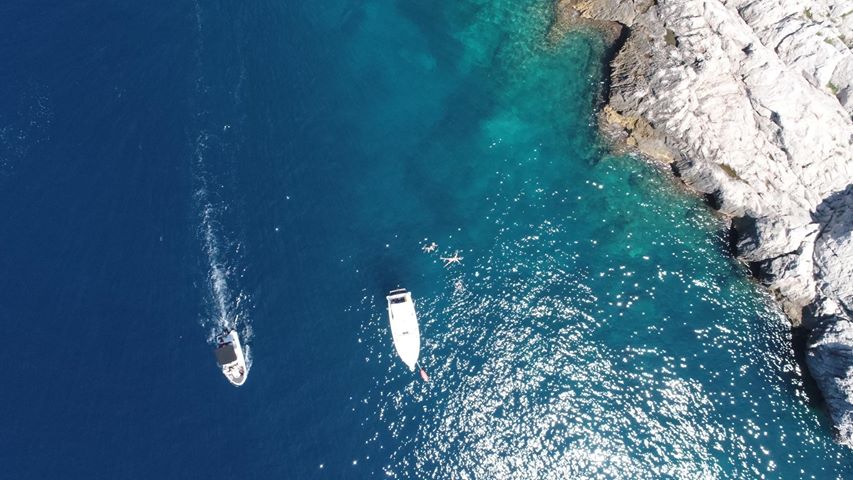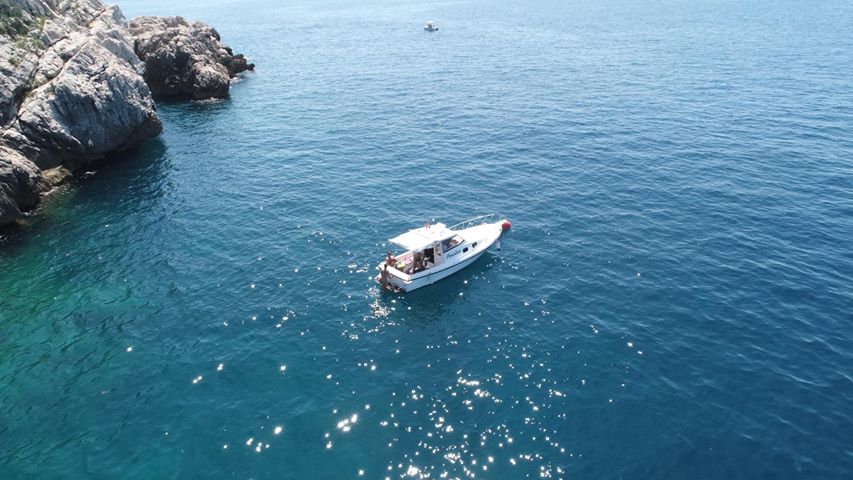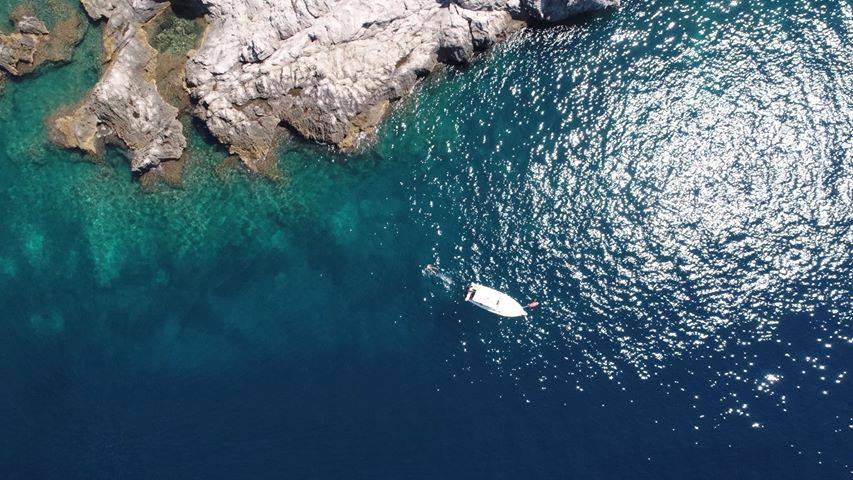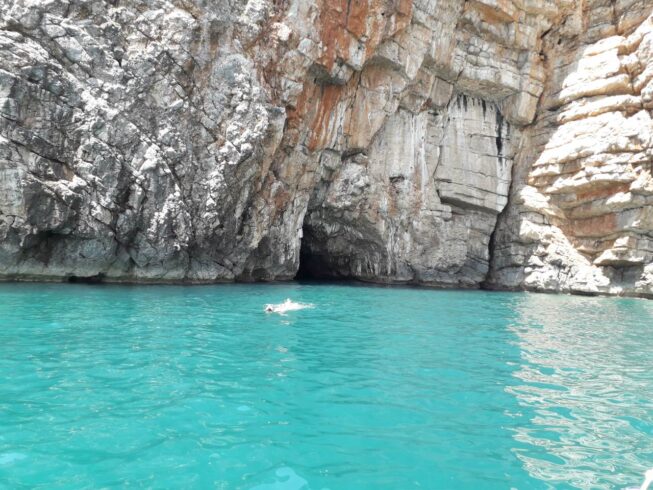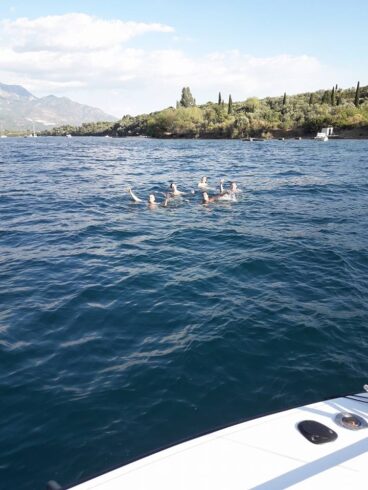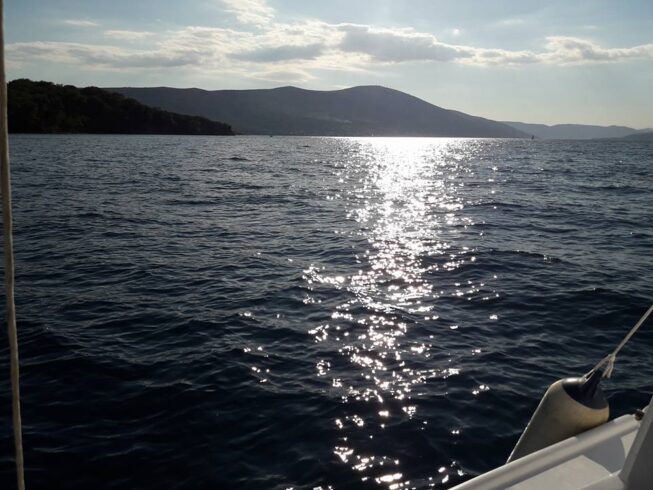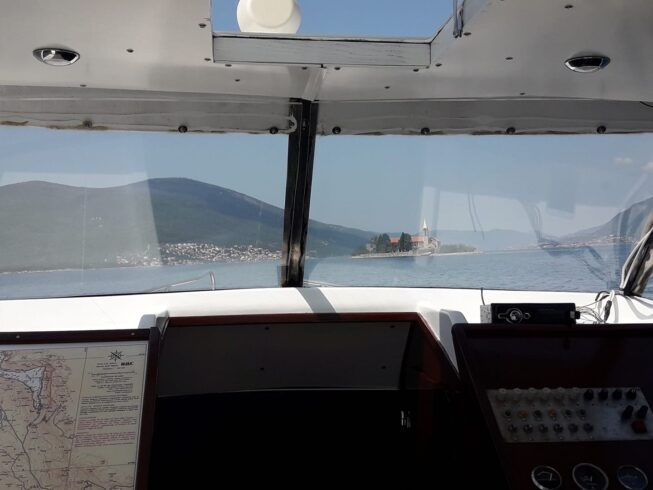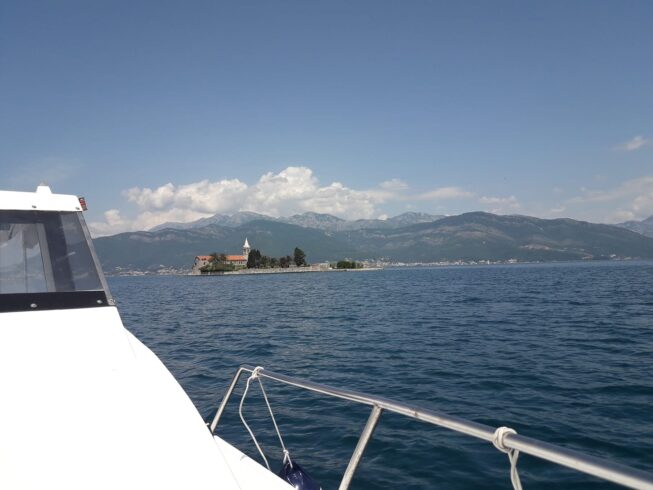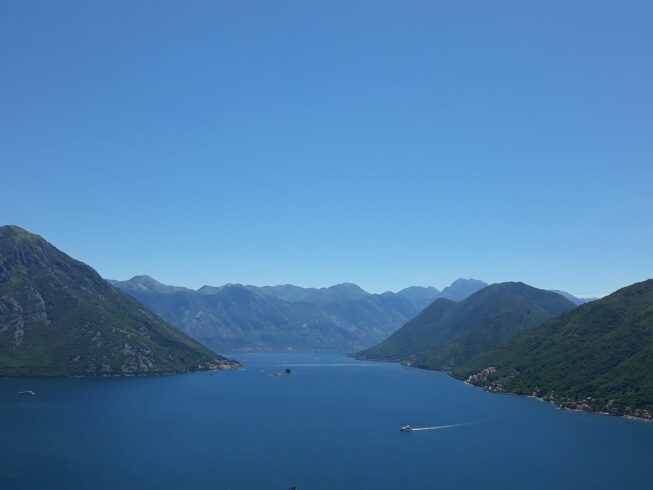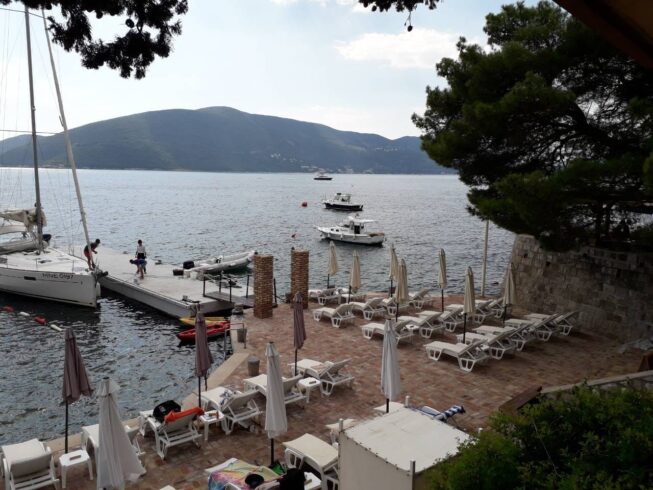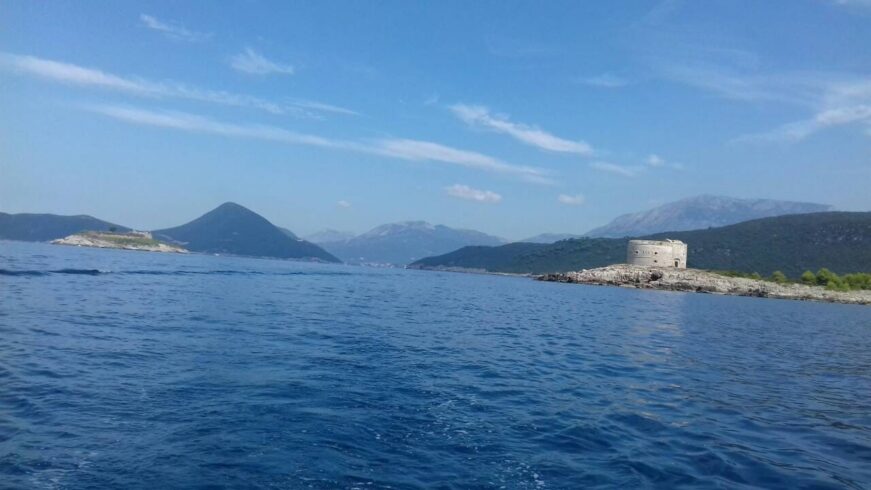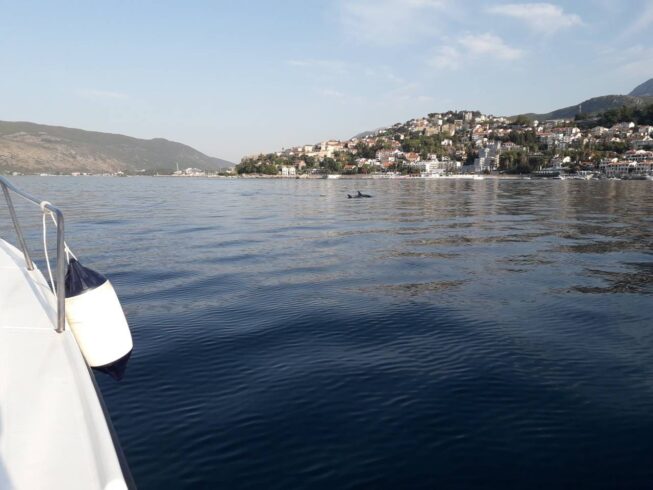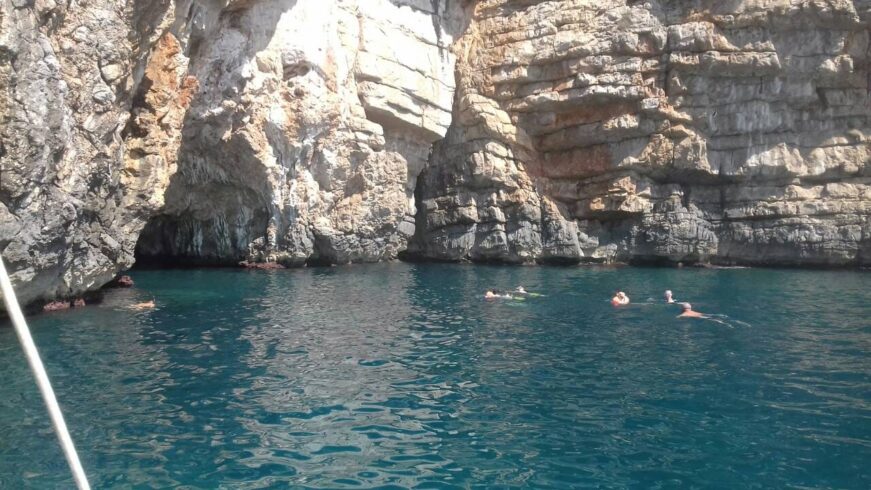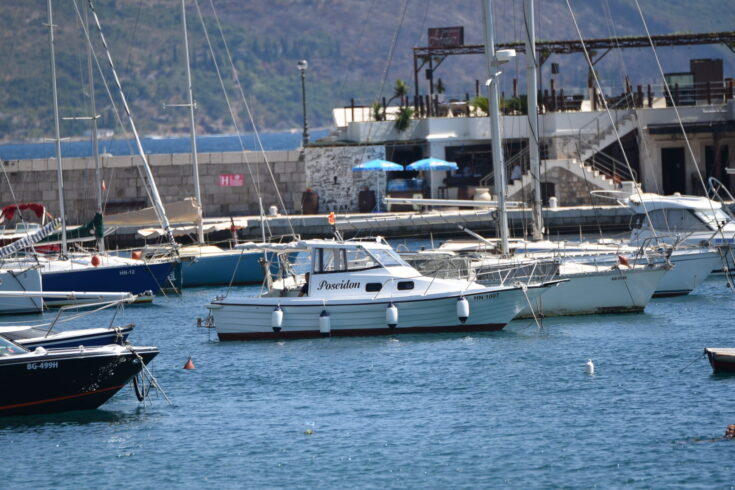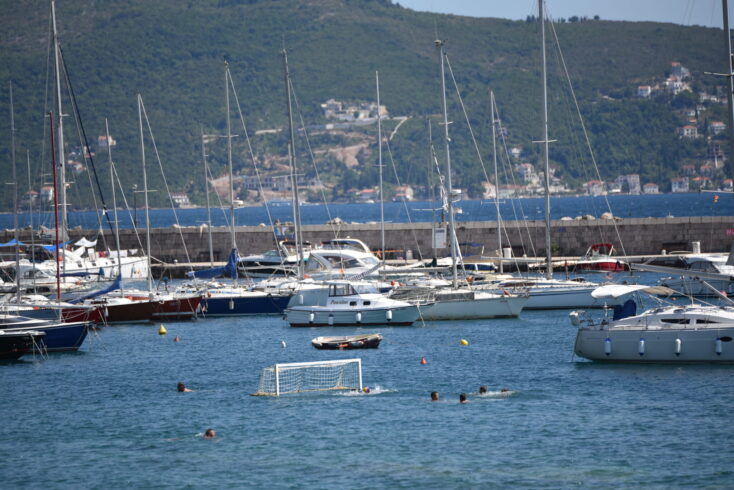[tour_price_calculator]
Overview
Perast – Our Lady of The Rocks – Saint George island – Stoliv
Perast is located in the heart of Boka Bay, at a distance of 12 km northwest of Kotor. In Perast, remains of the Neolithic culture (dating back to 3500) are found, before the new era, which speaks of its long unique history of long maritime, churches, palaces. Across the coast of Perast, near the coast, there are two beautiful islands that represent the special attraction of the city: Saint George which is natural, and the artificial island of Our Lady of the Rocks.
The legend says that on July 12, 1452, two fishermen found the icon of the Virgin Mary on the rock. The settlers thought it was a sign that the island and the church were to be built there and they called Our Lady of the Rocks. They threw rocks, as well as small boats and large ships damaged in fights fought to build an island. For this, they took 250 years. To date, the ritual throwing of stone around the island has been preserved. This manifestation is known as ”Fašinada” and is held on July 22, each year, as a monument on the day of iconography of the Virgin with little Christ in 1452 on the cliff. As the highlight of the ceremony, stones are cast into the sea around the island, and the ships return back. Traditionally, only men participate in the event. The church itself was built in 1630, and the octagonal chapel after forty years. A special significance in the museum is the famous needlepoint of the Virgin made by own hair, which is a vowel work by Perastanka Kunić from 1828.
In the immediate vicinity of The Our Lady of the Rocks, lies St. George, an island of a completely different nature and destiny. Surrounded by stone walls, and hidden from view by the high cypress canopy, this island seems to be hiding some secret and does not allow curious eyes to disturb the somewhat creepy peace of this island.
Stoliv is a small quiet place in Boka Kotorska, not far from the town of Kotor. Founded in the fourteenth century, this small town is perfect for those who want to get away from the hustle of the city, enjoy the sea, the beach or fishing. It was named after the old custom of planting one hundred olive trees each guy before taking the bride to the altar. They say that during the reign of Venice, the village had a population of about 1,200 and had four shops, two oil mills and four bread bakeries. Interestingly, Stoliv has hardly changed all seven centuries since it existed.

